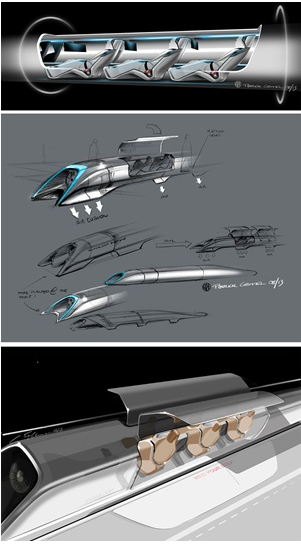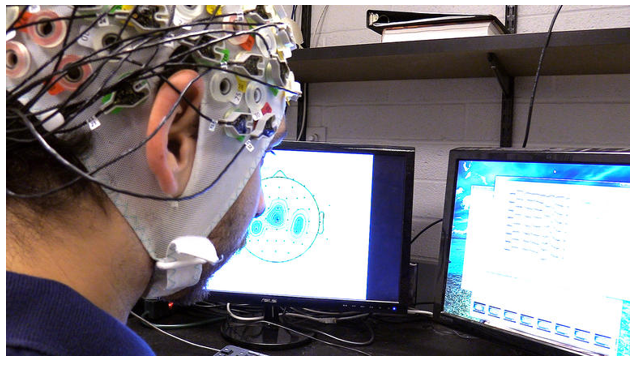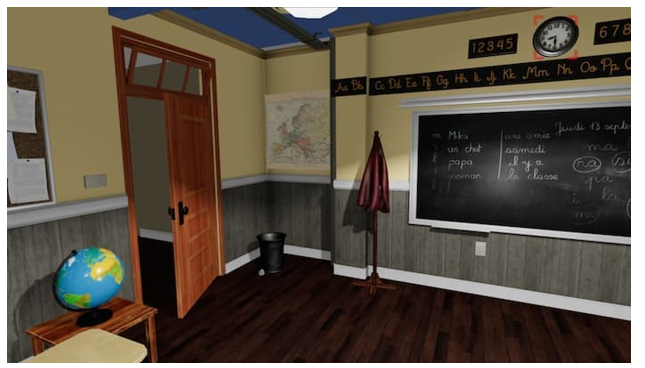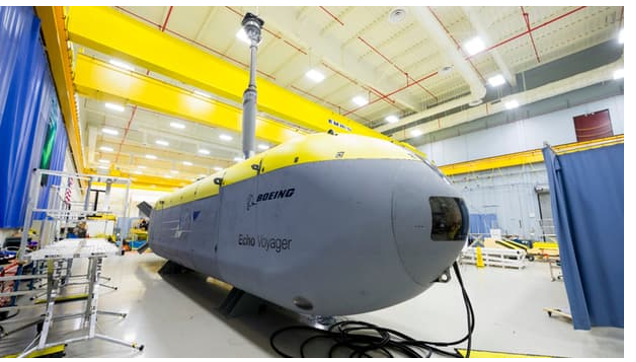Hardening up: New alloy four times as tough as titanium
A chance discovery in a physics lab at Rice University has turned up an ultra-hard material that could usurp the titanium commonly used in today’s knee and hip replacements. Scientists have found that by melting gold into the titanium mix they can produce a non-toxic metal that is four times harder than titanium itself, raising the prospect of more durable, longer lasting medical implants. Emilia Morosan, a professor of physics at Rice University, was carrying out experiments on a magnetic material made from nonmagnetic elements, more specifically, a titanium-gold mix with a…
Read More









